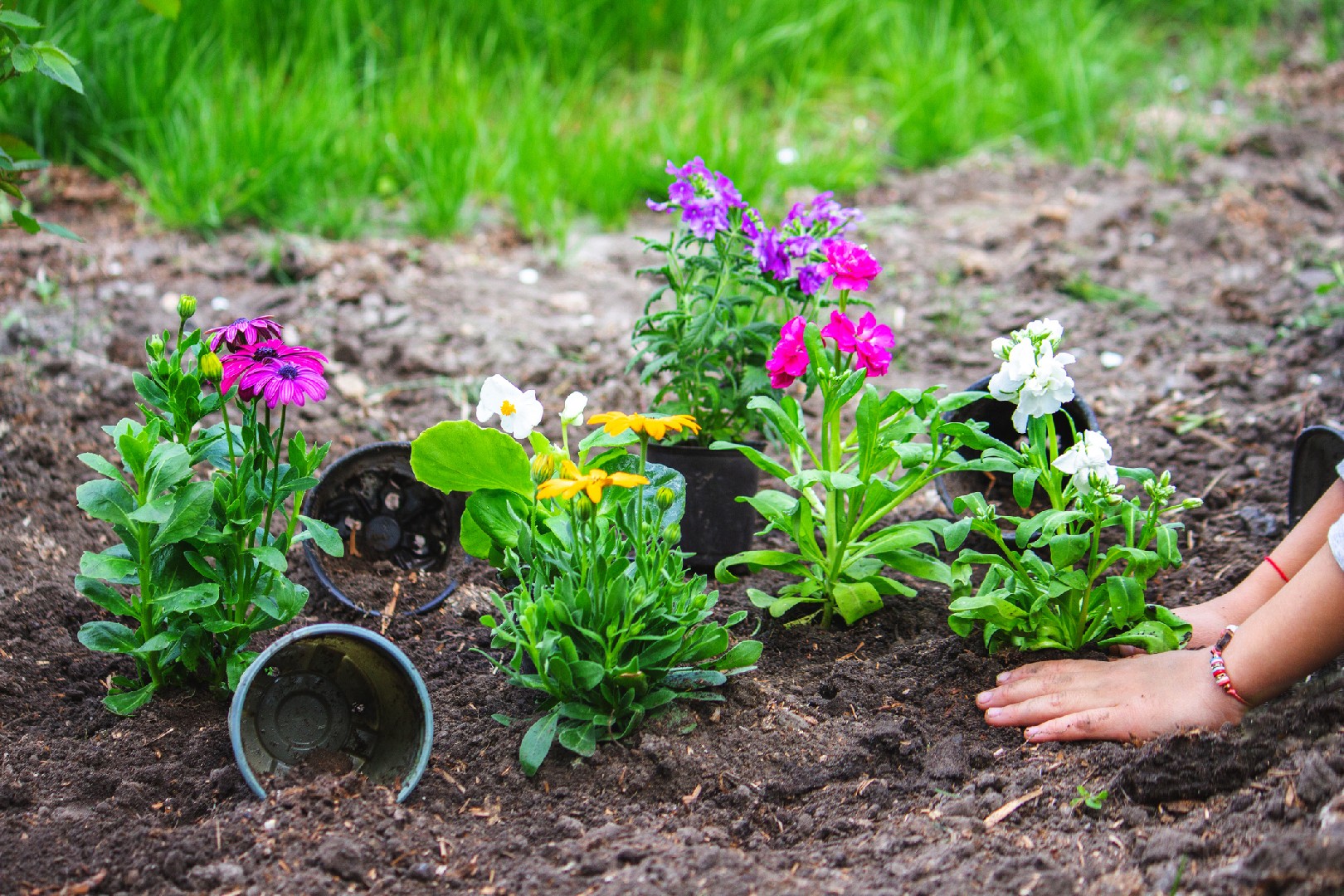![Rectangle]()
Bringing It All Together: Case Studies
Bringing color harmony to your flower beds is not just a theoretical concept; it is something that can be achieved in real-life scenarios. In this section, we will explore three case studies that demonstrate the application of color harmony principles and the remarkable impact they can have on different types of gardens.
Case Study 1: A suburban garden transformed through color harmony
Imagine a typical suburban garden with a mixture of flower beds scattered throughout the property. Before implementing color harmony, the garden lacked cohesion and visual appeal. However, by carefully selecting a color palette and strategically placing plants, the garden underwent a stunning transformation.
The principles of color harmony were applied by grouping flowers with similar hues and complementary colors. This created a harmonious blend of colors that flowed seamlessly through the garden. The result was a visually pleasing and inviting space that welcomed visitors and provided a sense of tranquility.
Case Study 2: An urban rooftop garden's flower bed makeover
Urban gardening presents its own set of challenges, particularly when it comes to space constraints. However, with a creative approach to color usage, even a small rooftop garden can become a colorful oasis.
In this case study, the focus was on using vertical space efficiently. Instead of spreading flowers across the limited ground area, the gardeners opted for trellises and hanging baskets to multiply the available planting space. By carefully selecting flowers with vibrant colors, they were able to create a stunning display that captivated the eyes and transformed the rooftop into a picturesque retreat.
Case Study 3: A wildflower meadow turned into a color wonder
Native garden spaces, such as wildflower meadows, can also benefit greatly from color harmony. In this case study, an existing wildflower meadow was transformed into a breathtaking display of color.
The key to achieving color harmony in a wildflower meadow is to balance the natural beauty of the existing flowers with additional plantings. By introducing carefully selected flowers that complemented the native blooms, the meadow was transformed into a vibrant and captivating space. Visitors were greeted with a sea of colors that enhanced the natural landscape and provided a visual feast for the senses.
These case studies demonstrate the practical application of color harmony in different garden settings. By harnessing the principles of color theory and applying them creatively, any garden can become a stunning masterpiece. Whether you have a suburban garden, a small urban space, or a wildflower meadow, the principles of color harmony can help you achieve visually appealing, harmonious flower beds that will leave a lasting impression.





